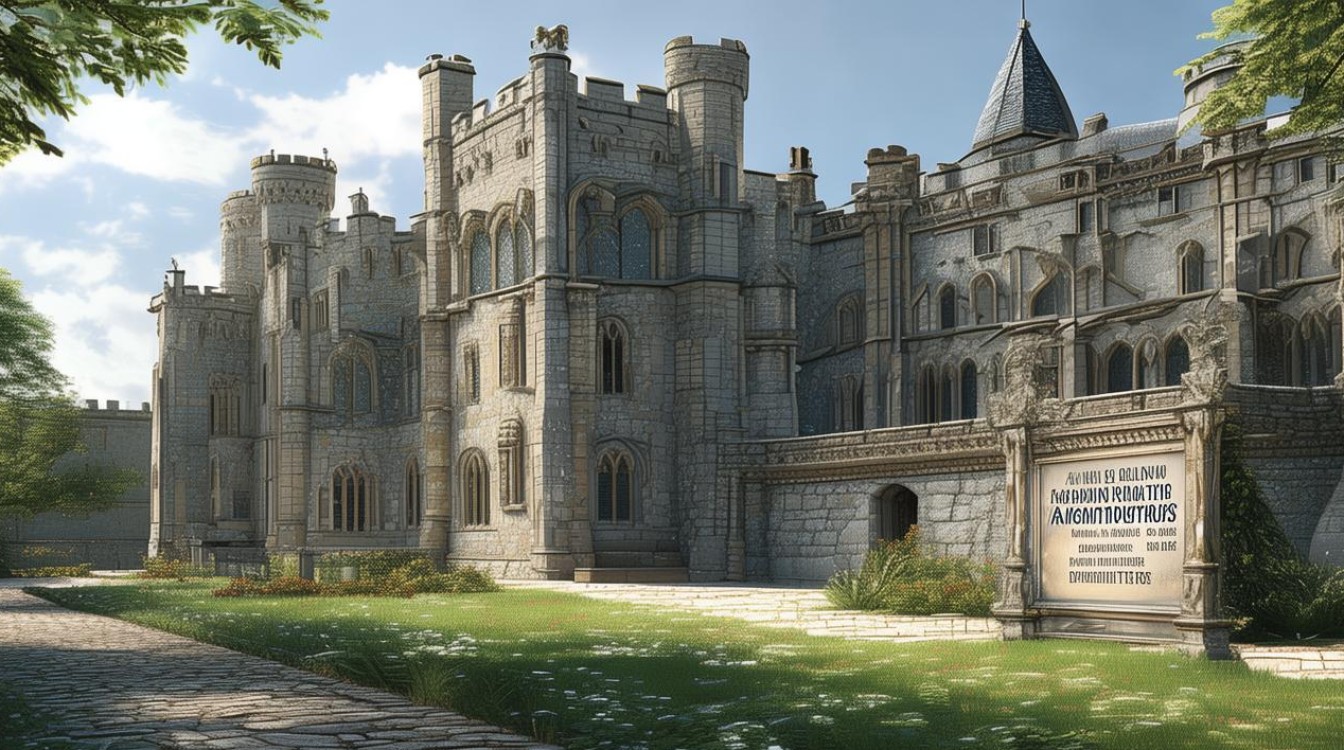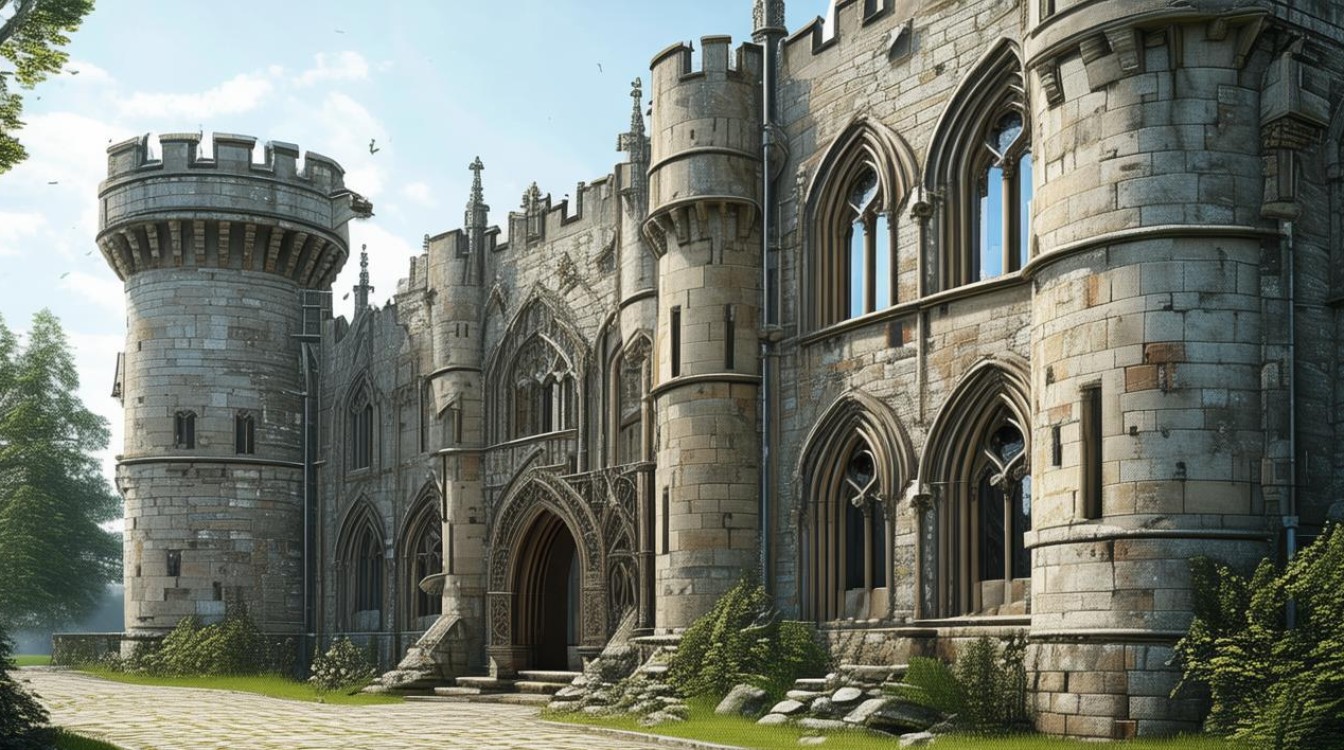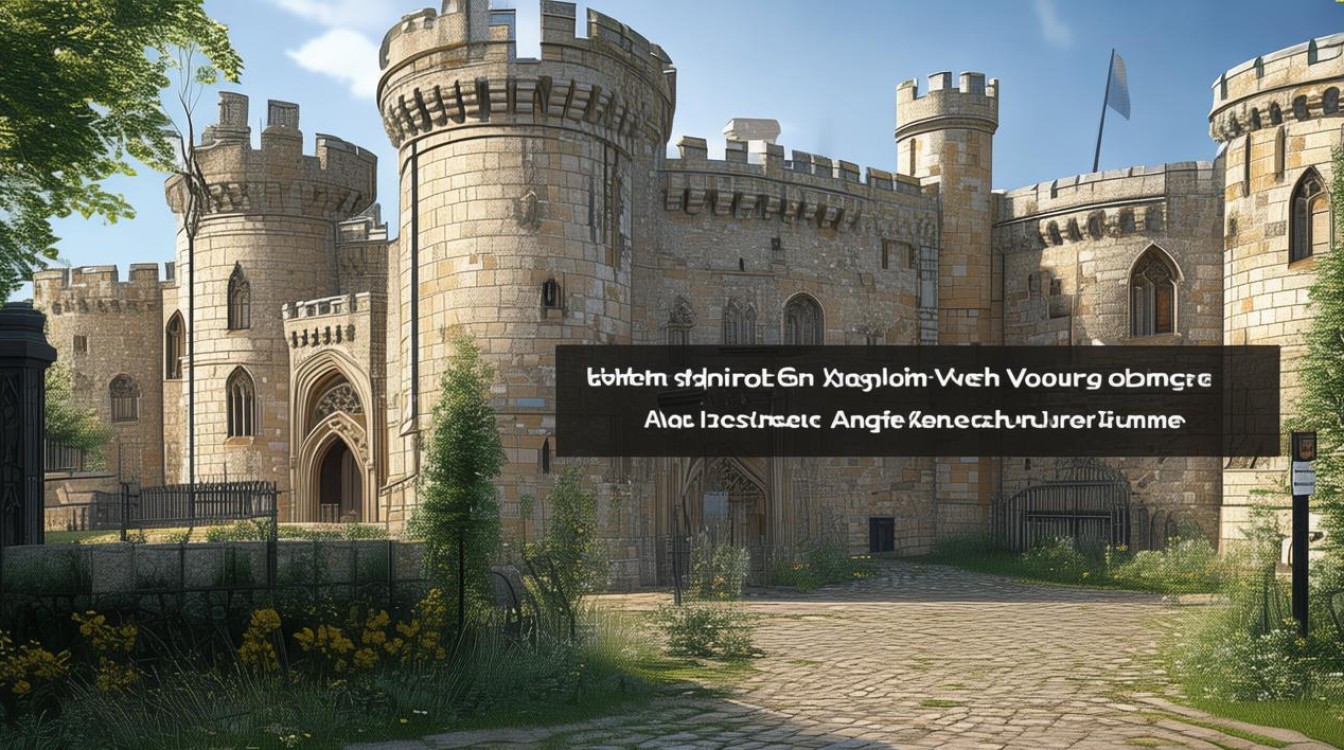Ancient architecture stands as a testament to human ingenuity, cultural heritage, and artistic expression. For enthusiasts, travelers, or students delving into this fascinating subject, understanding key English terms related to historic structures enhances appreciation and communication. Below is a curated list of essential vocabulary, along with explanations and examples.

Basic Structural Elements
Façade – The exterior front face of a building, often ornately decorated in historic structures.
Example: The Gothic cathedral’s façade features intricate carvings of saints.
Column – A vertical pillar, typically cylindrical, supporting a structure or standing as a decorative feature.
Example: The Parthenon’s Doric columns exemplify classical Greek design.
Arch – A curved structure spanning an opening, commonly found in Roman and Islamic architecture.
Example: The pointed arches of medieval cathedrals distribute weight efficiently.
Dome – A hemispherical roof, prominent in Byzantine and Renaissance architecture.
Example: The Hagia Sophia’s massive dome remains an engineering marvel.
Buttress – A projecting support built against a wall to reinforce it, often seen in Gothic churches.
Example: Flying buttresses allowed taller walls and larger windows in cathedrals.
Architectural Styles
Gothic – A medieval style characterized by pointed arches, ribbed vaults, and flying buttresses.
Example: Notre-Dame de Paris is a masterpiece of Gothic architecture.
Baroque – An ornate 17th-century style with dramatic curves, gilded details, and grandeur.
Example: The Palace of Versailles showcases Baroque extravagance.
Renaissance – A revival of classical Roman and Greek principles, emphasizing symmetry and proportion.
Example: Florence’s Duomo reflects Renaissance ideals of harmony.

Pagoda – A tiered tower common in East Asian architecture, often associated with temples.
Example: The wooden pagodas of Japan demonstrate exquisite craftsmanship.
Materials and Techniques
Masonry – Construction using stone, brick, or concrete blocks.
Example: The Great Wall of China relies on sturdy masonry techniques.
Timber Framing – A method using wooden beams for structural support.
Example: Tudor-style houses feature prominent timber framing.
Stucco – A plaster coating for walls, often sculpted into decorative patterns.
Example: Spanish colonial buildings frequently use white stucco walls.
Mosaic – Art created by assembling small colored tiles or glass pieces.
Example: Byzantine churches display stunning golden mosaics.
Decorative Features
Fresco – A painting technique where pigments are applied to wet plaster.
Example: Michelangelo’s Sistine Chapel ceiling is a renowned fresco.
Gargoyle – A carved grotesque figure, often functioning as a water spout.
Example: Gargoyles on Gothic cathedrals served both practical and symbolic purposes.
Arabesque – Intricate patterns of interlacing lines, common in Islamic art.
Example: The Alhambra’s walls feature elaborate arabesque designs.

Frieze – A decorative band running along the upper part of a wall.
Example: The Parthenon’s frieze depicts a procession of figures.
Functional Spaces
Atrium – A central open courtyard, typical in Roman houses.
Example: Ancient Roman villas often had atriums for light and air circulation.
Cloister – A covered walkway surrounding a courtyard, usually in monasteries.
Example: Medieval monks used cloisters for meditation and study.
Nave – The central aisle of a church, leading to the altar.
Example: The nave of Westminster Abbey is lined with towering columns.
Keep – The strongest tower within a castle, serving as a last defensive point.
Example: The Tower of London’s White Tower is a well-preserved keep.
Preservation and Restoration Terms
Conservation – Protecting historic structures from deterioration.
Example: Conservation efforts saved Venice’s sinking buildings.
Restoration – Returning a building to its original state.
Example: The restoration of the Colosseum involved careful reconstruction.
Patina – A surface sheen developed over time, often valued in aged structures.
Example: The bronze statue’s green patina adds to its historic charm.

UNESCO World Heritage Site – A landmark recognized for cultural or natural significance.
Example: The Great Pyramids of Giza are a UNESCO World Heritage Site.
Notable Ancient Structures and Their Features
The Great Wall (China) – A series of fortifications with watchtowers and battlements.
Machu Picchu (Peru) – An Incan citadel with terraced fields and stone masonry.
Angkor Wat (Cambodia) – A temple complex with intricate bas-reliefs and towering spires.
The Pantheon (Italy) – A Roman temple with a massive unreinforced concrete dome.
Understanding these terms enriches discussions about architectural history and helps travelers recognize key features during visits. Whether studying Gothic cathedrals, admiring Chinese pagodas, or exploring Roman ruins, this vocabulary bridges language gaps and deepens cultural appreciation.
For those passionate about heritage conservation, recognizing these words also aids in reading academic papers, guidebooks, and restoration reports. Architecture speaks through its forms, and knowing the language allows us to listen more attentively.

